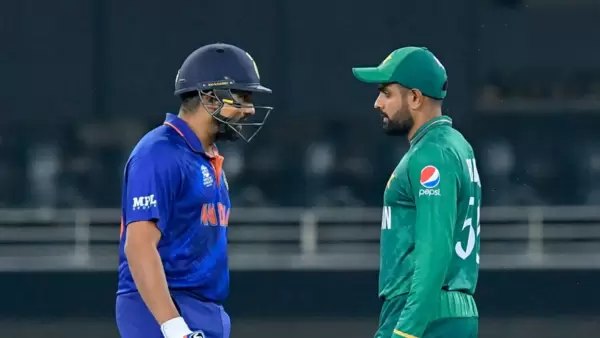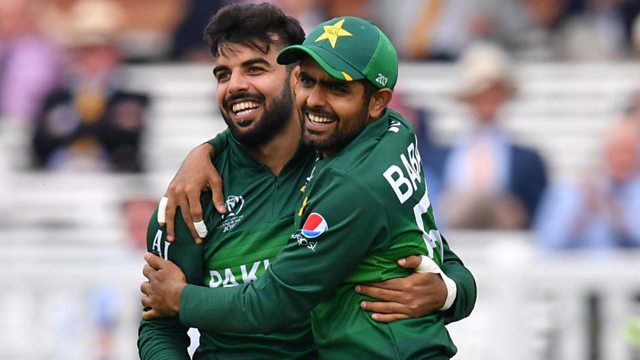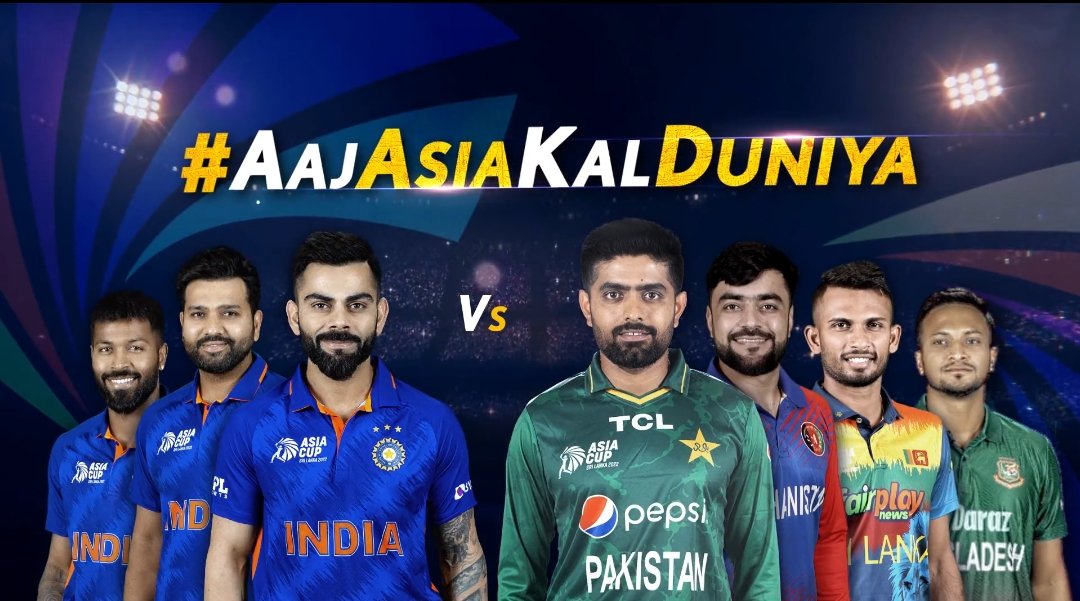It’s often said that we fail to appreciate something until it’s gone, but with the Asia Cup, the dynamics seem reversed. This prestigious cricket tournament only garners our appreciation when it’s in full swing, capturing our attention and igniting our passion for the game. Unlike other tournaments, the Asia Cup doesn’t embark on grand tours or count down to its arrival with media fanfare. Yet, every time the Asia Cup graces our screens, it becomes a spectacle that rivals even the illustrious World Cup. In this blog, we delve into the reasons behind the tournament’s unique allure and why the prospect of an India-Pakistan final seems tantalizingly close.
The Epic Rivalry: Bound by Borders, Fueled by History
In a region marked by shared borders and a history intertwined with struggle and conflict, the rivalry between India and Pakistan stands as one of the most intense in the world of sports. This rivalry extends beyond cricket – it has its roots in a shared culture, a complex geopolitical landscape, and a history marked by bloodshed. Media sensationalism and political opportunism often fuel sentiments among common people, shaping an atmosphere of resentment. When these two teams step onto the field, the cricket matches become more than just sports; they become battlegrounds for national pride and rivalry.
Friendly Foes: The Second Greatest Rivalry
While the India-Pakistan rivalry claims center stage, another fierce contest brews – one between Pakistan and Afghanistan. This rivalry, though less talked about, is characterized by its intensity. Players often find themselves in each other’s faces, exchanging heated words and displaying raw emotion. Despite the animosity, these players are also known to be friends off the field, adding a layer of complexity to their relationship. The fans of both teams, deeply ingrained with the rivalry’s spirit, passionately support the opposition when their own team is not in contention.
Strategic Pairings: Rivalries Redefined
In an intriguing twist, the Asia Cup often engineers matchups to maximize revenue and fan engagement. This approach occasionally leads to strategic pairings, such as the scenario where Bangladesh faces Sri Lanka multiple times. While it might seem contrived, this approach showcases the beauty of the tournament’s structure. Strikingly, despite these calculated pairings, an India-Pakistan final has remained elusive throughout the history of the Asia Cup – a fact that challenges the grip of capitalism on sporting events.
Unconventional Sporting Spirit
The Asia Cup has an uncanny knack for bringing out unconventional aspects of cricketing spirit. Take, for instance, the case of Shadab Khan’s dismissal in Pakistan’s ODI against Afghanistan. In this scenario, the unwritten rule of not running out the non-striker backing up was cast aside. This act, devoid of any diplomatic fallout or sanctimonious debates on the spirit of cricket, highlights the evolution of the game’s norms. Such shifts normalize these actions, altering the perception of what’s acceptable on the cricket field.
Shakib Al Hasan: The Unconventional Maverick
In a cricketing world where the spirit of the game often takes center stage, the Asia Cup offers a platform for players like Shakib Al Hasan to express their rebellious streak. Shakib’s history of unconventional behavior during the tournament stands as a testament to his unique approach. From his topless statement against invasive cameras to advocating for eco-friendly cricket kits, Shakib’s actions have drawn attention to issues beyond the pitch.
A Subtle Reminder of Authority
The Asia Cup, despite its allure, is not without its controversies. The clash between the PCB and BCCI over hosting rights underscores the challenges in organizing the tournament. Amidst the upheaval, the presence of the BCCI president, Roger Binny, at a commemorative dinner serves as a reminder of authority in the cricketing world. This subtle gesture underscores the administrative dynamics at play behind the scenes.
Unfulfilled Aspirations: The Missing Commentators
Every tournament has its imperfections, and the Asia Cup is no exception. The tournament organizers missed an opportunity when they failed to secure a pair of commentators – both former presidents of the BCCI and PCB. These commentators, known for their unorthodox pronunciations and perspectives, would have injected a refreshing flavor into the broadcasts. Such quirks and missed opportunities shape the narrative of the tournament, adding an element of unpredictability.
Conclusion: A Rivalry Unveiled
The Asia Cup is not just another cricket tournament; it’s an embodiment of historical conflicts, cultural intertwining, and sporting rivalries. While a distant dream still eludes the India-Pakistan final, the tournament flourishes fueled by the intensity of rivalries that mainstream narratives often overlook. As we eagerly await the next iteration of the Asia Cup, one can’t help but wonder if this could finally be the year when the stars align for a historic showdown between two cricketing giants on the Asian stage.



